What Bowls Are Microwave-Safe? 4 Different Types (With Pictures)
-

- Last updated:
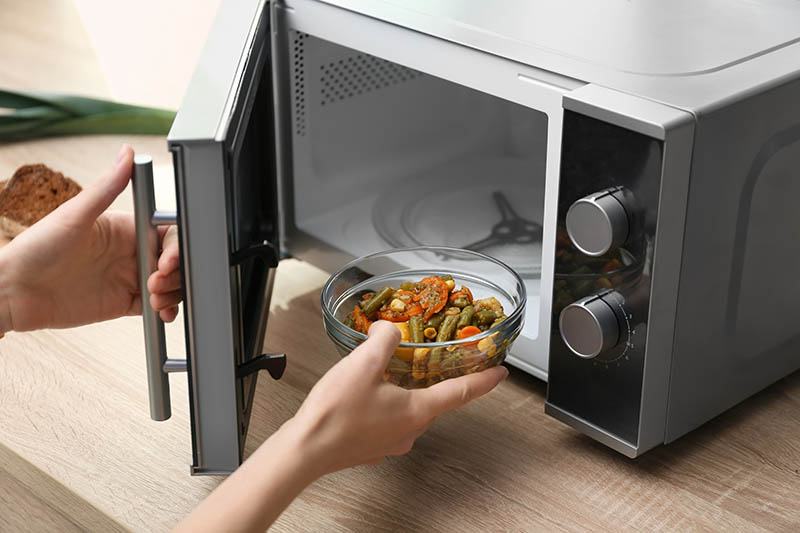
Many people are unaware of the best materials to use when microwaving food—some don’t even know the difference between these materials and non-microwavable ones. Well, using the wrong container can damage both the container and the microwave, not to mention the food inside it. You can use glass, ceramic, and even some kinds of plastic bowls in the microwave. Always check the bottom to see if the bowl is microwave-safe.
Below are some instructions on the type of bowls safe to use in the microwave.

Why Are Some Types of Bowls Not Microwavable?
According to the American Frozen Food Institution, microwaves warm food by converting the electricity into short waves. The waves penetrate the bowl first and then the food causing friction in the food molecules, thereby generating heat. Using the wrong material can affect the heating process or damage them.
Almost everyone knows to use something other than foil or metal containers to heat food in a microwave. These two containers are hazardous since they can spark after being exposed to high temperatures and start a fire.

What Are the Best Types of Materials to Microwave?
A microwave-safe bowl can safely cook and warm food in the microwave without leaching harmful chemicals into the food. It should also be capable of withstanding high temperatures without melting or cracking.
Some containers are simply better than others when it comes to heat exposure. Glass is the best, followed by ceramic and microwave-safe plastic containers.
1. Glass
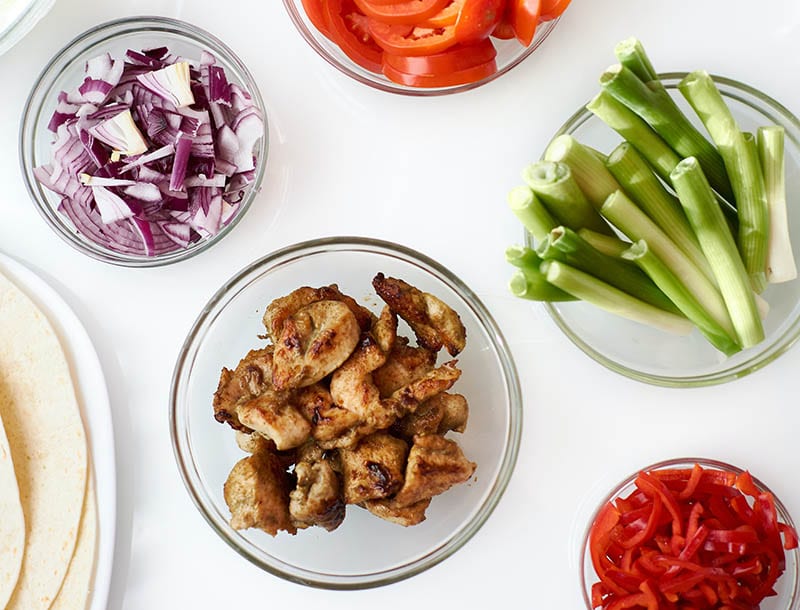
Heatproof glass bowls are the best to use in a microwave. Most modern glass bowls are marked as being microwave friendly. Older glass bowls, especially if they have bubbles in the glass or signs of weakness, can break or explode under high temperatures.
You can test the glass container before marking it to be sure. To do this, put the glass bowl in the microwave at a regular temperature for a minute. If the glass bowl feels warm instead of hot, it’s safe to use.
2. Ceramic

Ceramic containers are usually coated with a food-grade glaze that gets hot when placed in the microwave. Although this does not make them unsuitable for microwave use, you will need to use pot holders. You also need to know the kind of glaze used.
Glaze containing lead, lithium, and barium is usually put on decorative ceramics and isn’t safe for microwave use.
3. Plastic
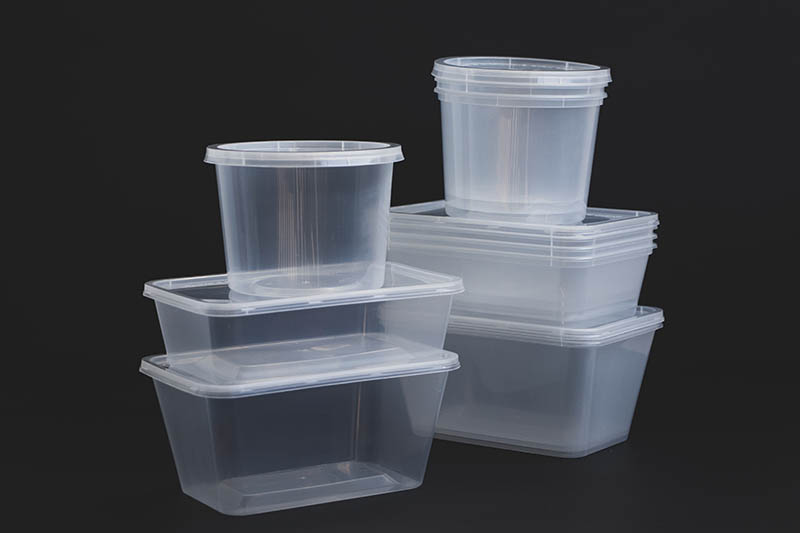
Only plastic containers labeled as microwave-safe are appropriate for use. Ice cream and butter tubs are unsuitable and can melt when heated. The chemicals can also leak into the food, which can have several health risks. If you have to use plastic bowls to microwave food, ensure they are food-grade and microwave friendly.
4. Ziploc Bags
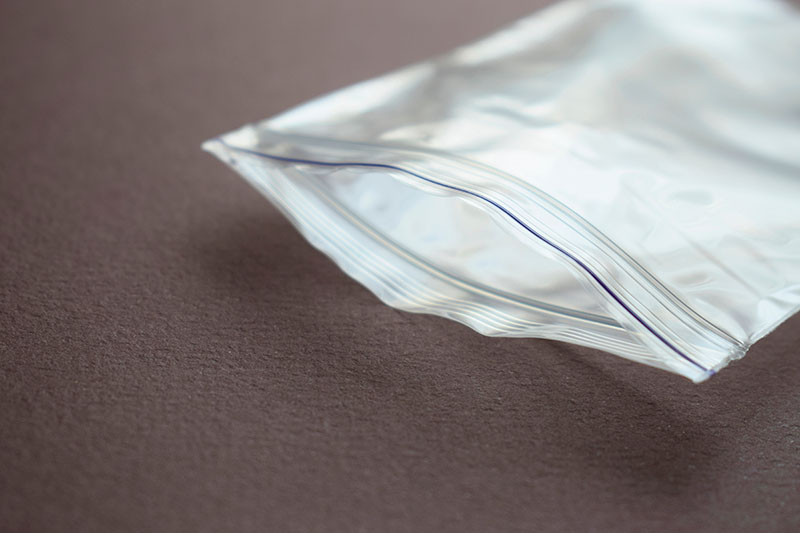
Ziploc bags are safe to defrost and reheat food in the microwave as long as all the label directions are followed. However, ensure you confirm if the Ziploc bags in your kitchen are safe and follow all directions before microwaving them. If you are unsure what kind of Ziploc bag you are using, play it safe and avoid using them in the microwave altogether.

How Do I Know My Bowl Is Microwave Safe?
Some unsafe microwave bowls can melt, scald, and even break when used to warm up food. Therefore, you must ensure the bowl is microwave safe before using it.
You can do this by:
- Checking the bottom of the bowl for a microwave safety symbol. Most microwave-friendly bowls and containers have wavy lines at the bottom. If it does not have a safety symbol, and you are unsure of the material, it’s best to avoid microwaving it.
- Ensure the container is not made from harvest fibers since they are natural, compostable, and can quickly catch fire.
- Avoid using paper bowls since most are coated or sealed with glue which can melt under high temperatures and leak into your food.
- Check the material used to make the bowl. For example, fabrics, metals, and nylons should never be microwaved, while most glass bowls and containers are microwave safe.
- Check the manufacturer’s website; most utensil-manufacturing companies provide guidelines to follow when washing and microwaving food and the heat capacity of said utensils.
What Happens if You Microwave a Non-Microwave Safe Bowl?
There are several risks involved in using a non-microwavable bowl to warm food. According to the World Health Organization (WHO), plastics can release plasticizers into the food, thus contaminating it.
Some of the other risks include:
1. Damage to Dishes
Non-microwavable bowls, especially those made from plastic, can melt and damage when microwaved. The melted plastic can also cause severe harm if it comes into contact with your exposed skin. Some glass dishes can also crack when heated, rendering them unusable in the kitchen.
2. Fire Risk
Microwaving metallic and paper bowls can pose a significant threat to the house because they can catch and spread fire. The high heat causes the metals to spark and can result in an electric fire in the kitchen. So, ensure the bowls you use to microwave your food are non-metallic and don’t have metallic trims and edgings.
Depending on the chemical used to treat the paper used in the bowl, they can combust when exposed to heat. Avoiding paper bowls and plates is the best option since there is no way to tell the chemicals used with 100% certainty. Also, avoid using wood bowls since they are highly flammable.
3. Health Risks
Some ceramic dishes, even those sold as being microwavable, are coated with glazes that might be unsafe if they come into contact with food. Some of these glazes contain lead and other metals that pose a severe health risk. Although most ceramics with a non-food grade glaze have a warning label, only use one if you are confident of the origin of the glaze.
According to FDA testing, chemicals seep from plastic dishes into food when microwaved at a high temperature. If the bowl does not have FDA approval, the level of plastic that seeps into the food can be high. Microplastics and chemicals can lead to cancer and several gastrointestinal problems.


The 6 Things You Should Not Put in the Microwave
On the one hand, microwaves are a valuable appliance to have in your kitchen. They can cook and reheat food quickly and turn a cold dinner into a healthy meal. However, they can also ruin your food if you use the wrong containers to reheat or cook it.
The good thing is that you can avoid creating a mess in the kitchen by considering the materials you are using:
1. Styrofoam Containers

Styrofoam containers are made from compressed polystyrene foam and come in many foams. Most Styrofoam containers are used to pack food, and although they are safe for food contact, some are not microwavable. Some, however, are marked as microwave-safe.
It’s best to avoid using Styrofoam bowls altogether since they don’t react well to high temperatures. The material can break, melt, or release harmful chemicals into the food.
2. Insulated Travel Mugs

Heating your food straight from your travel mug/ bowl might seem like a good idea, but this should be avoided. Most insulated travel dishes are made from steel or plastic and will have similar repercussions as microwaving steel dishes. Only those made from ceramic are safe to microwave.
3. Aluminum Foil

Aluminum foil is a thin metal sheet and should never be put in the microwave, whether to defrost or reheat food. They reflect the energy and heat waves instead of absorbing them, which can cause sparks, resulting in a fire. It also slows the speed at which food is reheated if used as a cover.
4. Cardboard Boxes
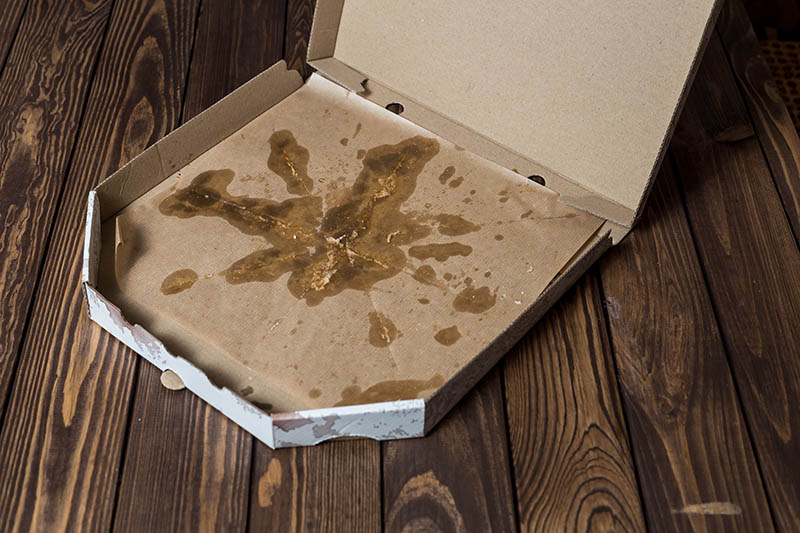
Most food deliveries come in cardboard boxes, some of which are safe to microwave. If the box does not have a safety label or it’s lined with wax or plastic to keep the liquids from seeping out, skip popping it in the microwave. You can microwave one with a safety symbol for about 60–90 seconds to prevent it from drying and causing a fire in your kitchen.
5. Brown Paper Bags
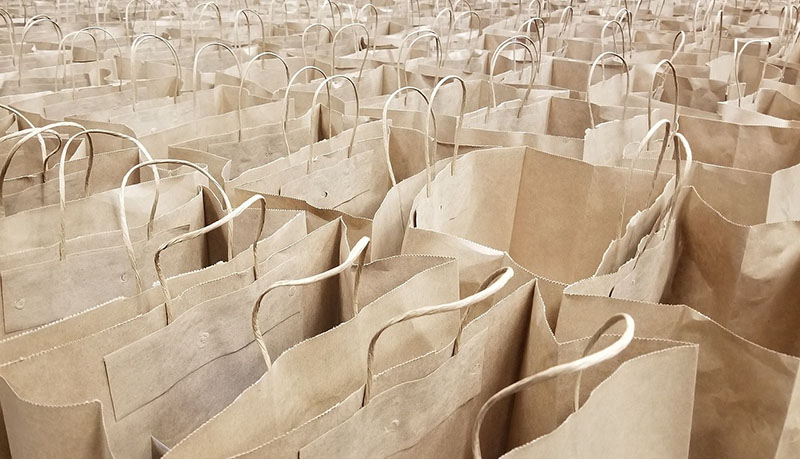
Although brown paper bags are often used to wrap food like pastries, they are not microwave-friendly. Unlike towels and paper plates, brown bags can emit toxic fumes or catch fire.
6. Metallic Dishes

Metal is quite unsafe to put in the microwave because it does not absorb the electromagnetic waves emitted in the microwave. Since metal conducts the waves, only the surface of the food becomes hot while the interior remains cold. Also, ensure that other bowls you use don’t have metallic handles or trim since this can cause a spark in the microwave or burn you as you take it out. Anything made from steel, iron, and copper should never go inside your microwave.
- You might also like: Is CorningWare Microwave Safe? (Microwave Safety Tips)

Conclusion
As mentioned above, glass, ceramic, and plastic verified by the FDA are safe to microwave food in. Other materials that may be safe to microwave food in include reusable food containers like Tupperware. However, not all reusable food containers are microwave safe, so ensure you look for the safety symbol.
See Also:
- Can Home Depot Cut Wood for You? What You Need To Know!
- How to Treat Rough-Cut Lumber For Outdoor Use (4 Easy Steps)
Featured Image Credit: New Africa, Shutterstock
Contents
